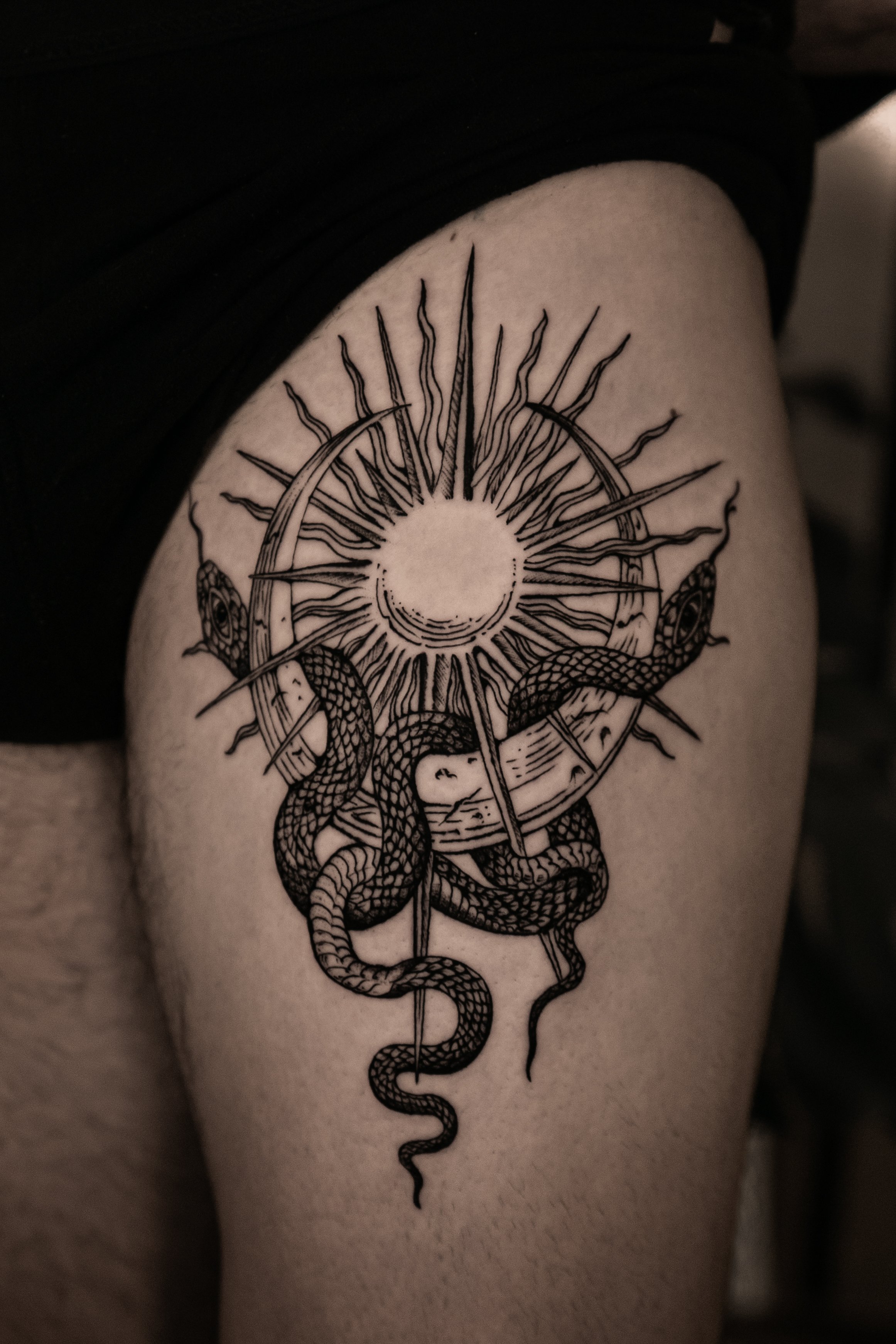How Tattoos Became Accepted: From Taboo to Trend
Tattoos used to raise eyebrows, get followed by questions, and even disapproval. Now they start conversation starters, style goals, and have become more accepted. Once seen as rebellious or even inappropriate, tattoos have become part of the cultural mainstream. You’ll find ink on doctors, teachers, CEOs, baristas, influencers you name it. Whether it’s a tiny heart behind the ear or a full sleeve, tattoos are everywhere. So how did we get here?
Tattoos Weren’t Always “Fine”
Historically, tattoos had very specific associations depending on the culture and background. In the West, they were once tied to sailors, criminals, and underground movements. In other parts of the world like Indonesia, Polynesia and Japan. Tattoos had rich cultural and spiritual meanings, but were still misunderstood by outsiders.
In the U.S. and much of Europe throughout the 20th century, tattoos were seen as unprofessional, edgy, or even dirty. They were often linked to rebellion or counterculture. You’d normally think punk rockers, bikers, and street gangs. Having visible ink could limit your job options or social acceptance. This became the norm not just in the west, but worldwide.
Pop Culture Shift: When Celebs Got Inked
What became one of the biggest turning points for this change? Celebrities.
When famous faces started showing off their tattoos, everything changed. Suddenly, tattoos weren’t just for “outsiders.” They were fashion statements for people show themselves.
David Beckham’s sleeves made tattoos look sleek and masculine. Becoming a trend for many Premiere league footballers.
Rihanna, Lady Gaga, and Miley Cyrus brought fierce, feminine energy with their own tattoos.
Post Malone, Justin Bieber, and Zendaya normalized face tats, finger tats, and everything in between.
When these stars got inked, so did their fans. And just like that, the ball started rolling and tattoos started going mainstream.
Social Media Made Tattoos More Visible
Instagram and TikTok played a massive role in making tattoos not just accepted, but admired. Tattoo artists became influencers, and people started showing off their fresh ink like new sneakers.
Now, your feed is probably filled with:
Tattoo transformation videos. Before & After videos of cover-ups, reworks, and touch-ups of existing tattoos.
Behind-the-scenes shots at tattoo studios. Showing the process of tattoos being made, and everyday moments at studios which before went unseen.
Inspiring stories behind meaningful tattoos. The memories, ideas and inspirations behind tattoos.
Along with plenty of high quality tattoos from various artists around the world.
This constant exposure helped normalize tattoos for people who might’ve never considered them before. It gave them insight into why people get them. What goes into making a tattoo. Along with ways to get into tattooing, which were once not common. The barrier to getting tattooing has never been lower.
The Rise of Personal Expression
Today’s modern culture is all about authenticity and individuality. Tattoos have become the best way for people to express themselves.
People use tattoos to:
Tell their life stories, through visual symbolism and meaning.
Memorialize loved ones, through portraits and art.
Express beliefs, identities, or emotions.
Celebrate art and aesthetics, with designs inspired by or even replicating art pieces.
Getting a tattoo today isn’t just about looking cool. It’s about feeling connected to who you are. In a world where personal branding is huge, tattoos are just another way to express yourself.
Shifting Workplace Attitudes
Let’s be real, there was a time when tattoos could cost you a job. But that’s changing fast.
While some industries (like government work, finance, or law) are still a bit conservative. More and more workplaces are becoming tattoo-friendly. Creative fields, tech companies, start-ups, and even healthcare are getting on board. Why? Because skills, personality, and performance now matter more than appearances. A few years ago, seeing your doctor or teacher with a visible tattoo might’ve felt odd. Now? Totally normal. You’d even take a second look if your bartender or barista didn’t have any tattoos.
Diversity, Representation, and Ink
Tattoos are also getting more inclusive. We're seeing:
More artists from different ethnic backgrounds gaining recognition.
Cultural tattoos (like Samoan Tatau, Indonesian Dayak tribal tattoos, or indigenous symbols) being respectfully celebrated.
Queer and non-binary individuals using tattoos as part of their identity expression.
The tattoo world isn’t just about aesthetics anymore, it’s about representation and respect.
Conclusion
Tattoos used to be risky. Now they’re relatable.
What was once judged is now embraced by Gen Z, millennials, and even older generations catching on to the power of personal ink. Tattoos have become a symbol of freedom, art, and identity. Whether you're fully tatted or just curious, one thing’s clear: modern culture has made room for the inked.
So if you’re thinking about getting one, go for it. We’re here to help not just by adding art to your skin, by adding your voice to a growing, colorful conversation. Send us a message through our contact page, or through our contact points below!




